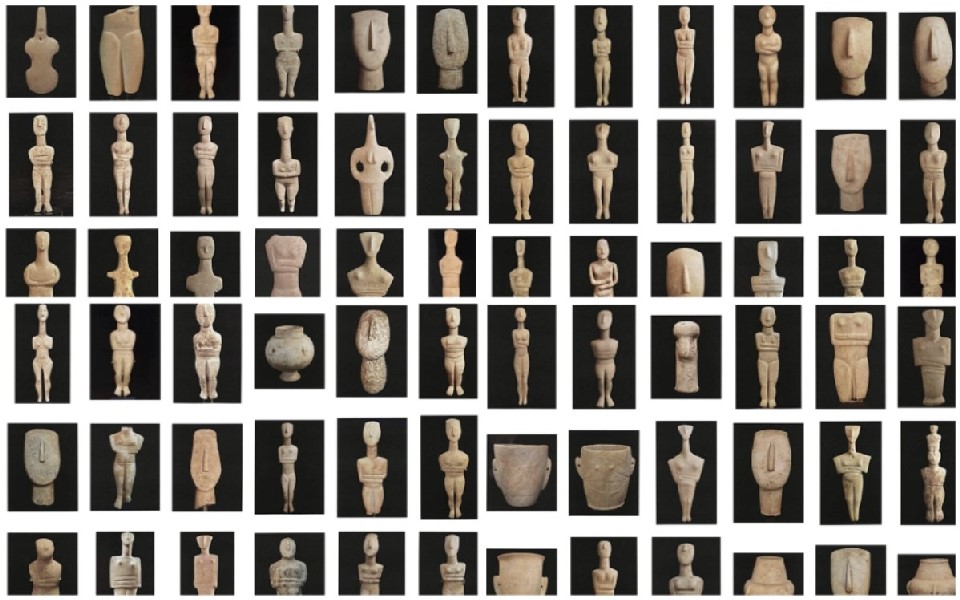Commentators, politicians and experts on opposite sides of the debate concerning an agreement reached by the Greek Culture Ministry for the eventual return from the United States of 161 artifacts dating to the Cycladic civilization, at least agree on one point: that the procedure is unprecedented and we’re sailing into uncharted waters.
The legislation outlining the agreement between the Ministry of Culture, the Goulandris Museum of Cycladic Art in Athens, the Metropolitan Museum of New York and the Delaware-based Institute of Ancient Greek Culture was ratified by Parliament on Thursday on the votes of the government majority.
According to the new legislation, the Greek state will have principal ownership of the private collection compiled by Leonard Stern and the Museum of Cycladic Art will be loaned 15 figurines via the Delaware institute that was just established by the museum. The figurines will be shown in Athens for a period of one year before being returned to the United States and shown at the Metropolitan Museum together with the remainder of the collection for a period of 10 years.
Every five years after the end of the initial decade, the collection will be loaned to Greece in batches of 15 artifacts to be put on public display here. In 2049, at the end of the 25-year period, the Greek state can extend the loan to the Met for another 25 years or bring the entire collection back to Greece. The Met is obliged to clearly state that the idols belong to the Greek state, while also organizing campaigns to promote the Cycladic civilization and also to provide scholarships for Greek archaeologists.
The Met first reached out to the Greek Ministry of Culture in June 2020, informing it that Stern had expressed an interest in showing and donated his collection to the American museum and was asking whether the Greek state was aware of its existence. During the negotiations that followed, it was agreed that principal ownership of the artifacts would pass to the Greek state as stipulated by the country’s archaeological law.
For this to happen, it was essential for an interim agency to be founded – the Delaware-based Institute of Ancient Greek Culture – to which the collector donated the collection, with all the tax benefits foreseen by US law. Sources told Kathimerini that the president of the institute will be the president of the Museum of Cycladic Art, which is one of the parties of the agreement. The majority of its board will also be Greeks. The institute, the sources added, will be involved in similar agreements in the future.
Culture Ministry sources told Kathimerini that the New York museum inspected the titles of ownership of the collection and nothing was found to be amiss.
“A country has an obligation to get its cultural commodities back,” Culture Minister Lina Mendoni told lawmakers in the runup to Thursday night’s vote. This, she added, can be accomplished via legal claims, but also with more “moderate strategies,” she said, defending the controversial agreement.
Here, we present two takes on the issue:
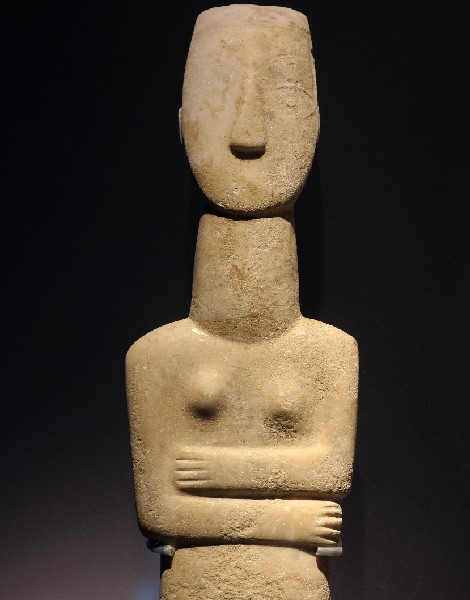
© Shutterstock
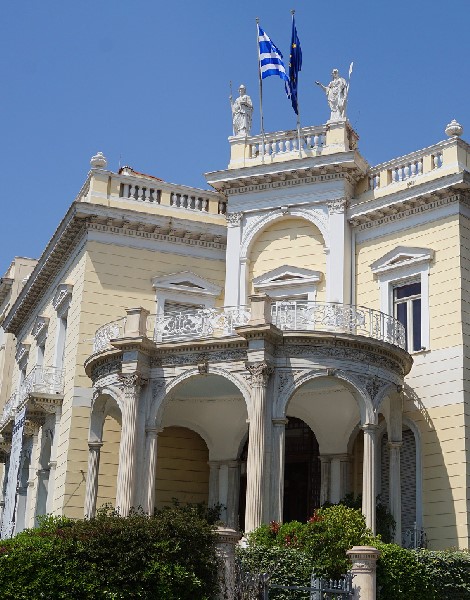
© Shutterstock
NIKOLAOS KALTSAS
The importance of the Stern collection
The private collection of US billionaire Leonard. N. Stern includes 161 artifacts, mostly marble figurines, as well as vases and a few smaller items of Cycladic art.
These are evidently top-quality works. The marble figurines are of great archaeological value; some are particularly important because of their size and rarity. One of them measures 1.32 meters in height. Only two other intact figurines of that scale are known to exist – one is housed at the National Archaeological Museum in Athens and the other is on display at the Museum of Cycladic Art, also in the Greek capital – and they effectively are monumental sculptures. Many other statues from the Stern collection measure up to 70-85 centimeters.
These figurines are key in the study of art and, more generally, of the Cycladic civilization. Some of them are extremely rare, such as a double figurine with one figure standing on the head of the other (a small fragment of that type can be found at the Museum of Cycladic Art) and an early female idol in relief.
The figurines include all variations of the canonical order with arms folded at the waist – most commonly, the Spedos, Dokathismata and Kapsala types. Most of the works have survived intact or nearly intact, with minor damage, which gives them added value.
The vases from the collection, which include krater, phiale and kylix types, are in excellent condition. Other rare artifacts include a ribbed marble kandila, a vase with a relief of a human figure, early stone pyxies with incized decoration and elegant footed kylikes.
It is clear that the antiquities in the collection are key to studying and better understanding the civilization that flourished in the Cyclades island group of the Aegean Sea roughly between 3000 and 2000 BC. Greece must aim to acquire this entire collection, to repatriate it and exhibit it in the country’s museums.
—
Nikolaos Kaltsas is honorary director of the Ministry of Culture.
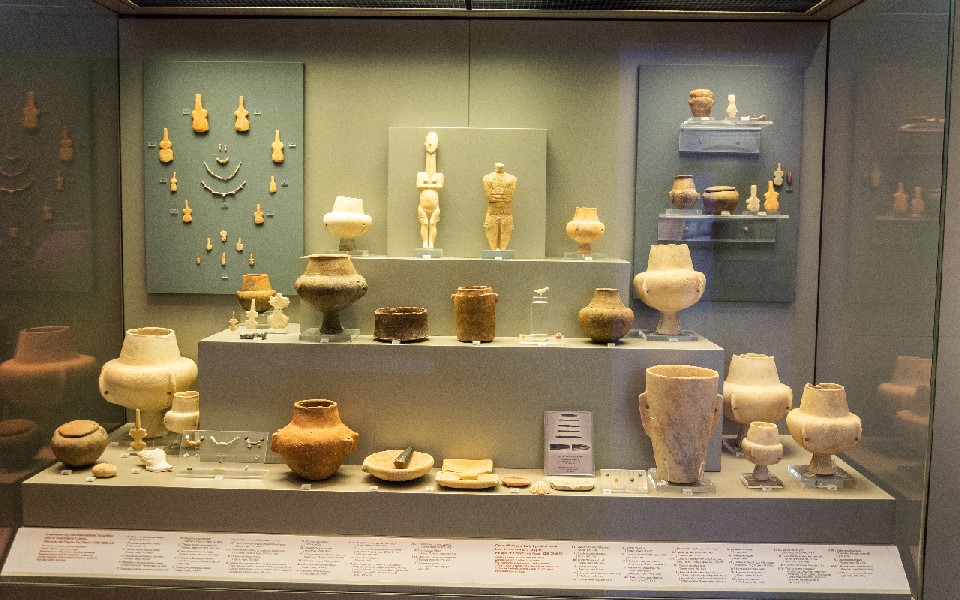
© Shutterstock
MARIA ANDREADAKI-VLAZAKI
A dangerous agreement and precedent
Until now, Greece was the world leader in two areas related to the management of cultural heritage, based on the strict provisions of Law 3028/2002: the protection and conservation of historical monuments, as well as the fight against the illegal trade in antiquities and the drive for the return of antiquities to their countries of provenance. Greece even offered technical assistance to many countries in these areas.
In 2015-16 we proudly assumed the presidency of UNESCO’s Subsidiary Committee of the Meeting of States Parties to the 1970 Convention on the illicit trade and transfer of ownership of cultural property. And we proudly embarked on a concerted effort to repatriate the Parthenon Sculptures, after winning the support of most of the signatory states of the 1970 Convention.
The overall stance of the Greek Culture Ministry’s current leadership on the matter of protecting our monuments is, unfortunately, harmful. The most recent example is the introduction of legislation pertaining to the “return” of a private collection of 161 Cycladic artifacts to Greece. What it boils down to, in short, is that Parliament agreed to the Metropolitan Museum in New York having possession of and exhibiting for 50 years, artifacts that were taken from Greece illegally. And this is when:
The state of New York has strict legislation concerning the artifacts displayed at its museums. Within the past year alone, the Manhattan prosecutor has issued six warrants for the seizure of illegal artifacts from the Met and their return to their countries of provenance. Can it really be a coincidence that the biggest of these orders for seizure, dating to July 11-21, coincides with the signing of the controversial Cycladic figurine deal by the Greek culture minister?
According to international press reports, the collector who has these idols, Leonard Stern, never intended for them to be donated to Greece, but to the Met. As such a donation was impossible under the strict laws of New York because Greece maintains principal ownership, the Met reached out to Minister Lina Mendoni and together they came to the following disgraceful solution: changing the law, creating an institute abroad that would appear as the owner of the antiquities, granting an exhibition of 50 years at the Met and, throwing Greece a bone, a loan of the idols in batches to the privately owned Museum of Cycladic Art in Athens so that they can all be brought back together in half a century to the private museum. For shame!
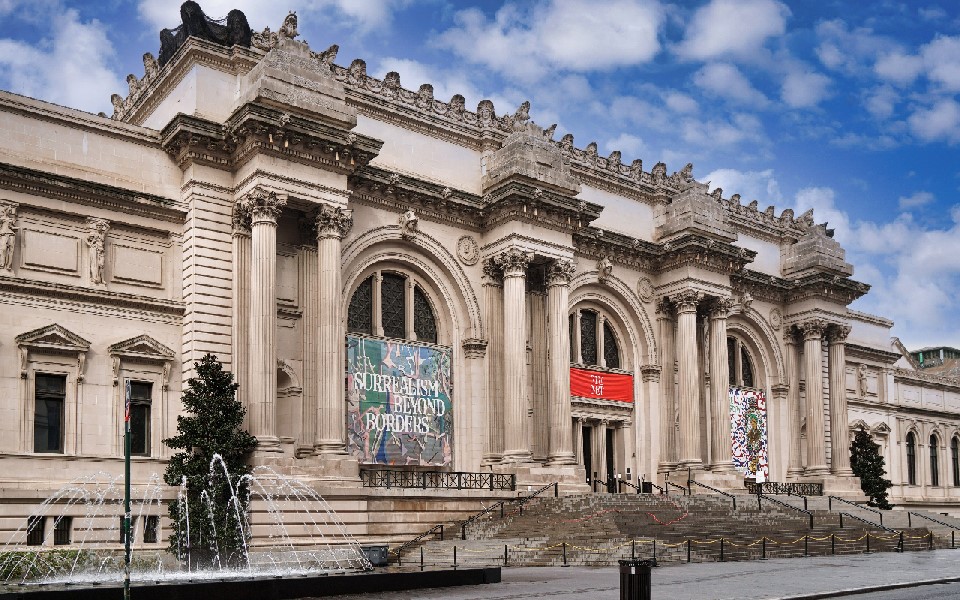
© Shutterstock
The authenticity of the 161 Cycladic figurines has not been certified by any Greek archaeological service – and this is as many fakes have been found circulating on the international art market – and the Stern collection has not been published in any authoritative paper or journal. By passing the law, Parliament not only legitimizes the collection, it also certifies its authenticity, without any proper evidence. What legal right did the minister have to sign such a perilous agreement without the contribution of the proper authorities, and, what’s more, to get Parliament involved?
Given that the 161 artifacts are clearly the product of illegal excavations and looting, ratifying the controversial agreement indirectly legitimizes illegal antiquities being held by museums in storage for fear of confiscation. And this is as major foreign museums in the past few years have been opting for temporary exhibitions with loans from countries like Greece rather than purchasing suspect antiquities without due diligence.
The Culture Ministry has the temerity to talk about a pioneering museum policy that could pave the way for the return of the Parthenon Sculptures when this entire affair does nothing but undermine the very serious case of this particular claim. It is a resounding defeat for Greece. The argument that millions of people will be able to enjoy the figurines at the Met is the same one the British Museum uses for the Parthenon Sculptures.
The ratification of this agreement will have an impact on all of Greece’s claims for historical artifacts held illegally abroad to be returned. It will also soften international public opinion on the issue of antiquities smuggling. What’s more, it will torpedo our alliances with Cyprus, Italy, Turkey and Egypt because Greece will be pursuing an entirely different method of demanding the return of its antiquities.
Unfortunately, the political leadership of the Culture Ministry prefers to reach an agreement that defies the provisions of the current archaeological law even though Greece has all the legal weapons it needs from other successful repatriation claims.
Not to mention that it has made an international laughingstock of Greece. Just a few days ago, Italy accomplished the return of artifacts from the Getty. Greece – which relies so heavily on its culture and monuments – in contrast, is trying to convince the world that refreshing the collections of private museums is tantamount to repatriation, while also reintroducing itself as the country that launders for antiquities smugglers.
—
Dr Maria Andreadaki-Vlazaki is the honorary director general of antiquities of cultural heritage and the former president of UNESCO’s Subsidiary Committee of the Meeting of States Parties to the 1970 Convention.
This article was previously published at ekathimerini.com.

